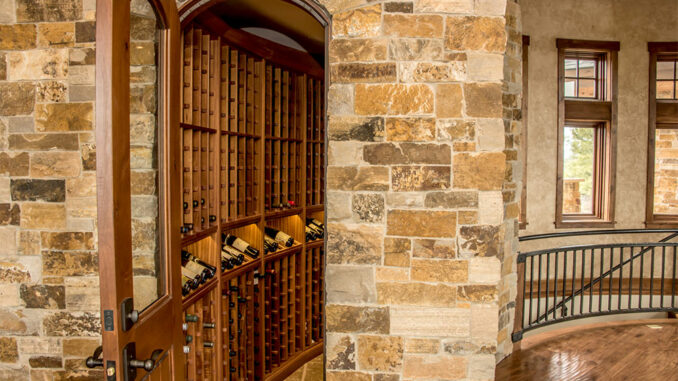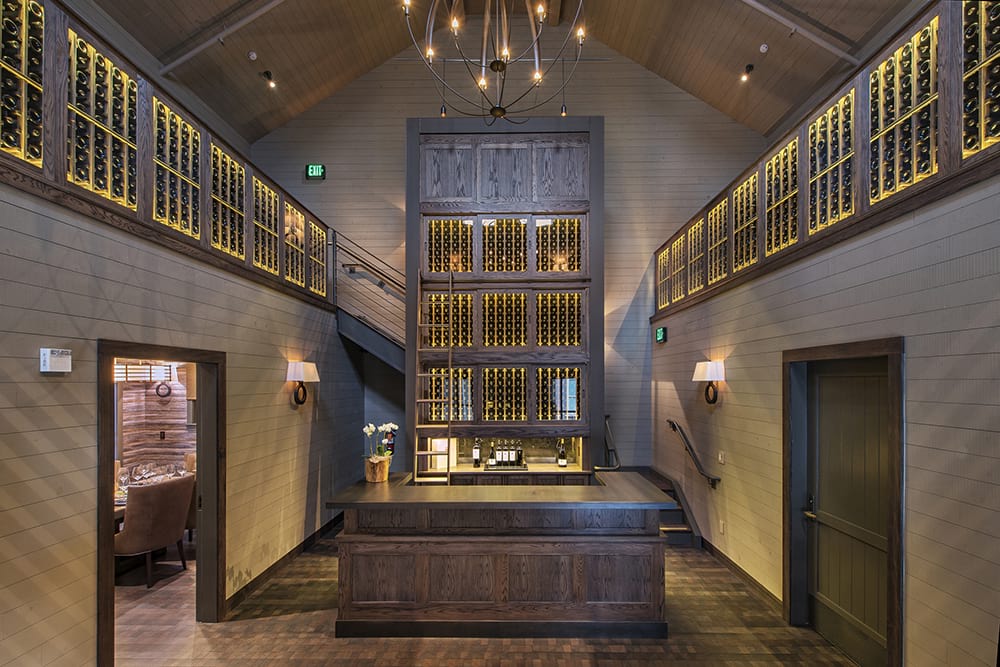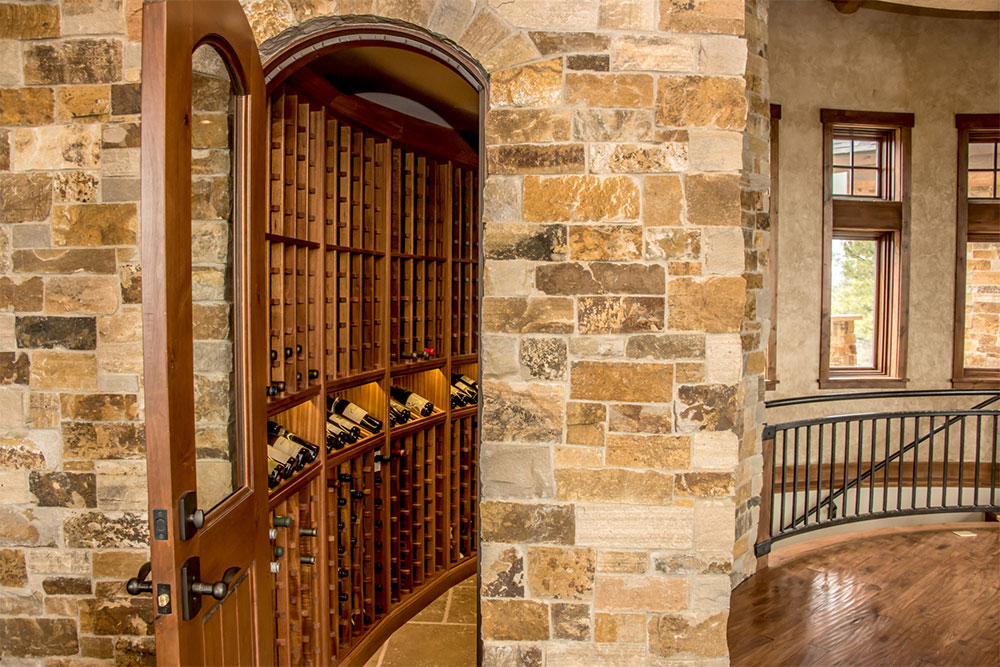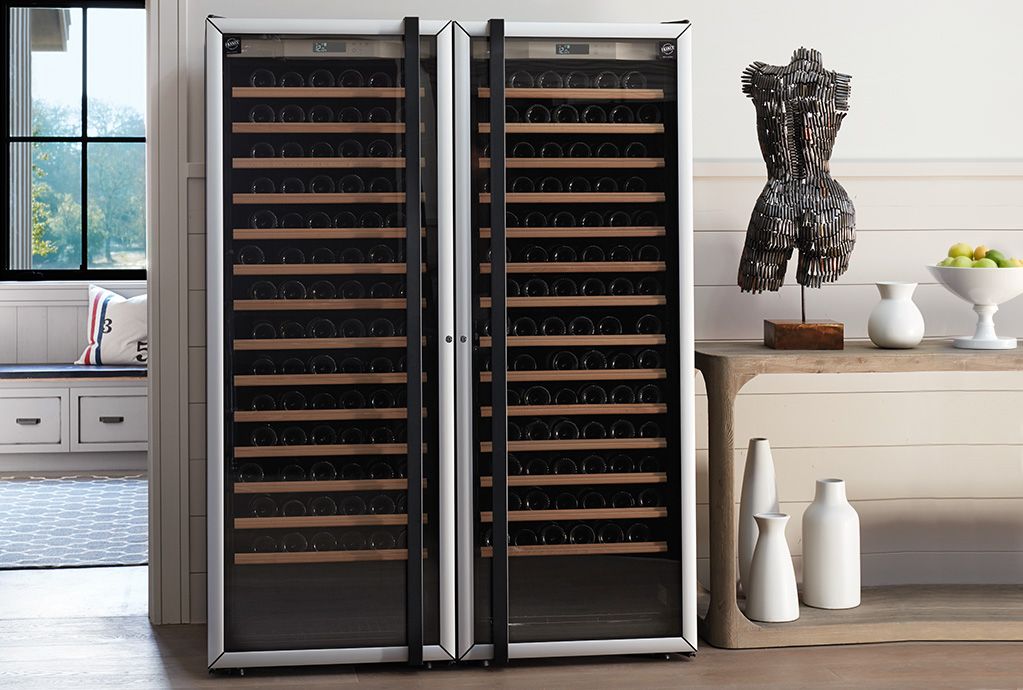

I remember my first high quality bottle of wine. It was a 2005 Châteauneuf-du-Pape, seven years old at the time and aged in a restaurant’s finely crafted wine cellar. The wine itself was so good that I decided to do an experiment of my own. I picked up an inexpensive red and put it in the cabinet above my refrigerator. For two years I exercised incredible willpower and let it sit, hopefully aging to maturity.
The fruit of my experiment was not what I had expected. The wine lacked the same intensity and richness of tannins that the Châteauneuf-du-Pape had displayed, and tasted, well, like a bottle of wine that had been sitting above my refrigerator for two years. In part this may have been a natural chasm in quality between the two wines. However, my uninformed approach to maturing wine was certainly detrimental.
Whether you had fantastic wine at a restaurant, saw a documentary on Netflix, or you have gotten your hands on some delicious wine and you’d like to let it age, here’s what you need to know about storing wine properly.
Not All Wines are Created Equal
The first thing to know about aging wine is that not every wine is meant to be aged. In fact, about one percent of all wines taste better when they’re aged for more than a few years of their bottling date. If you’re unsure of whether or not your wine is appropriate for long-term storage, the best thing that you can do is ask your sommelier or, even better, the vineyard of origin. Winemakers love to talk about their creations and they will happily let you know if your wine is a good candidate for aging and, if so, when it will reach its peak. If you are part of a wine club, they will often include recommended aging times with the shipment. When placing wine in your cellar or cabinet, write the suggested aging time on the bottle tag or in a tracking system.
Conditions Matter
When I tried my experiment without proper research, I assumed that I could place a bottle of wine anywhere and, since the liquid was encased in solid glass, the outside conditions wouldn’t have any effect on the wine inside.
Instead, the correct way to think about aging wine is to consider its slow chemical reaction. Over many years, the molecules in the wine break apart and interact in unique ways. The end result is a wine that tastes at its best. The chemical reaction needs to be cultivated and factors like the environment can influence the final product.
- Temperature: Aging wine works best within a certain range of temperatures. In fact, if the temperature rises too high, you can end up “cooking” your wine, which would be a very bad thing indeed.
- Humidity: Wines are not sealed off from the outside world, due to the porous nature of corks. Since oxygen plays a role in our budding reaction, we want to let in exactly the right amount. Too little and the wine will be suffocated; too much and it will become spoiled. Since corks are essentially living matter, the amount of humidity in the air can dry out and shrink the wood or keep them moist, protecting the wine.
- Sunlight: If you leave a bottle of wine in the sun for too long, photons carry this energy right into the wine molecules, spoiling your nascent reaction.
With these factors in mind, the ideal conditions for aging a bottle of wine are a temperature of 55-60 degrees, 50-70 percent humidity, and absolutely no sunlight.

The Perfect Vessel
My aging experiment had two main errors. First, the temperature was wrong. Refrigerators give off heat, which naturally accumulates near the ceiling in a room, so my temperature was much higher than they should have been. Second, I had no control for humidity, so my bottle’s cork expanded and contracted at the whims of weather and ambient influences.
What is the best place to age a wine? Some might say the natural cave cellars in places like Burgundy, where perfect conditions and natural sandstone walls keep wines exactly where they need to be for their aging years. Since many of us don’t have access to such natural wonders, we have to find other ways of monitoring and maintaining the aging environment.

The best way to do this is with a custom wine cellar, which can be crafted to the needs of your local environment and personal tastes. If your collection is not large enough yet, a wine cabinet is a good way to get started. Wine cabinets maintain all the ideal conditions of a cellar, but on a smaller scale.
Maturing your bottles of wine can be an exciting and rewarding activity. Not only will a modest cellar give you access to a wide variety of high quality wines, but it also gives you a chance to let your wines appreciate in value. Make sure your storage conditions are ideal, to ensure a great final result from your aging.
About the Author: Nick Cesare is a wine lover living in Boise, Idaho. When he’s not checking out Idaho’s rich wine culture, he likes mountain biking and hiking in the Idaho foothills.